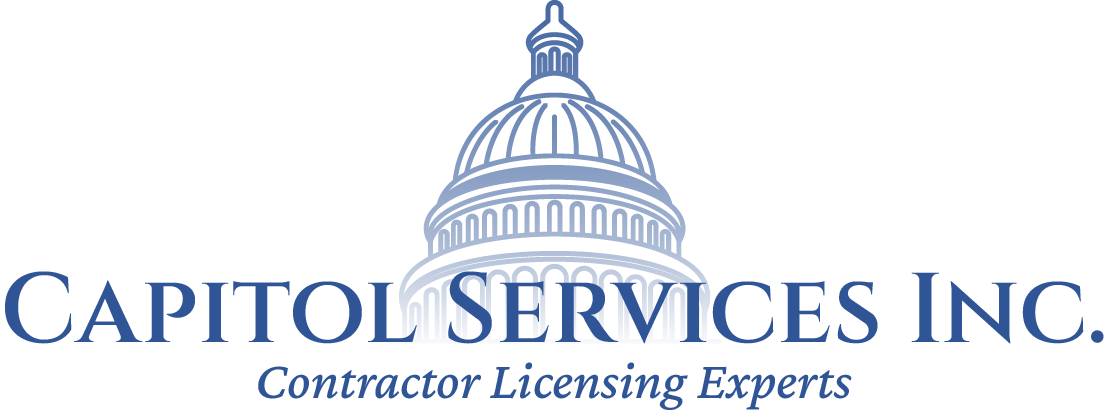A new Federal rule reminds us that you may not be able to ‘see’ the future, but you can anticipate some problems before they occur. For contractors, especially those involved in demo, renovation or remodels in older buildings, you must ‘lead’ the way in preventing toxic exposures. Finally, we help subs know when to put a ‘pay day’ on their calendar…
Q: I heard there is a new certification similar to asbestos removal for lead-based paint? Have you heard anything about this from the Contractors Board? If not, do you know which agency might handle this?
A: Regulations regarding lead-based paint are governed by various state and federal agencies. While the Contractors State License Board (CSLB) is not directly one of those, they recently issued a press release reminding licensees that new U.S. Environmental Protection Agency (U.S. EPA) requirements will take effect soon.
Beginning April 22, 2010, contractors could face fines of up to $37,500 for not complying with federal regulations aimed at protecting them — and consumers — from exposure to dust from lead-based paints.
Contractors working on remodeling projects in homes, childcare facilities and schools built before 1978, should ‘foresee’, or anticipate encountering lead-based paint. According to the CSLB, although this dangerous paint “may have been covered by non-toxic paints in subsequent years, remodeling or demolition will disturb the lead paint underneath, potentially harming workers and consumers.”
Contractors conducting renovation activities in pre-1978 buildings must receive training from a U.S. EPA-accredited training provider. Contractors or their employees with lead safety certification from the California Department of Public Health (DPH) may take a four-hour U.S. EPA-accredited course to achieve federal compliance. At least one person in a firm must be trained and certified in renovation. That firm must then apply to U.S. EPA for firm certification.
In addition, for any construction work where an employee may be exposed to lead, employers must provide a written lead-work pre-job notification to the nearest Division of Occupational Safety and Health (DOSH) District Office.
In some ways these requirements are stricter than those pertaining to asbestos. Indoors, these apply to all contractors who disturb lead-based paint in a six-square-foot area or greater. Outdoors, this is a 20-square-foot area. Certification forms and a listing of accredited training providers are available on line at www.epa.gov/lead or by calling 1-800-424-LEAD (5323).
Q: Could you clear up the time frame as to when a General contractor is required to pay a subcontractor once the contractor receives payment from the owner (i.e. in my case a public entity such as a city or county). I’ve read Business and Professions Code Section 7108.5, which states 10 days and Civil Code Section 3262.5 (a) that mentions 15 working days. How does each section apply? The difference between 10 days and 15 working days can be substantial. Are the requirements different if the contractor is a sole proprietor or a corporation?
A: You are correct, a payment made within 10 “calendar” days vs. 15 “working” days can significantly impact cash flow and a company’s ability to make payroll. B&P Code 7108.5 states that a prime contractor shall pay any subcontractor within 10 days of receipt of each progress payment from the owner (public or private) except where section 10262 of the Public Contract Code applies. Section 10262 also states that the contractor shall pay subcontractors within 10 days of receipt of each progress payment from the owner.
I believe Civil Code Section 3262.5 (a) only relates to public utilities. This states in part: “Any person or corporation which has contracted to do business with a public utility … shall pay any subcontractors within 15 working days of receipt of each progress payment…” The payment requirements for government or utilities should be the same for sole owners and corporations.
